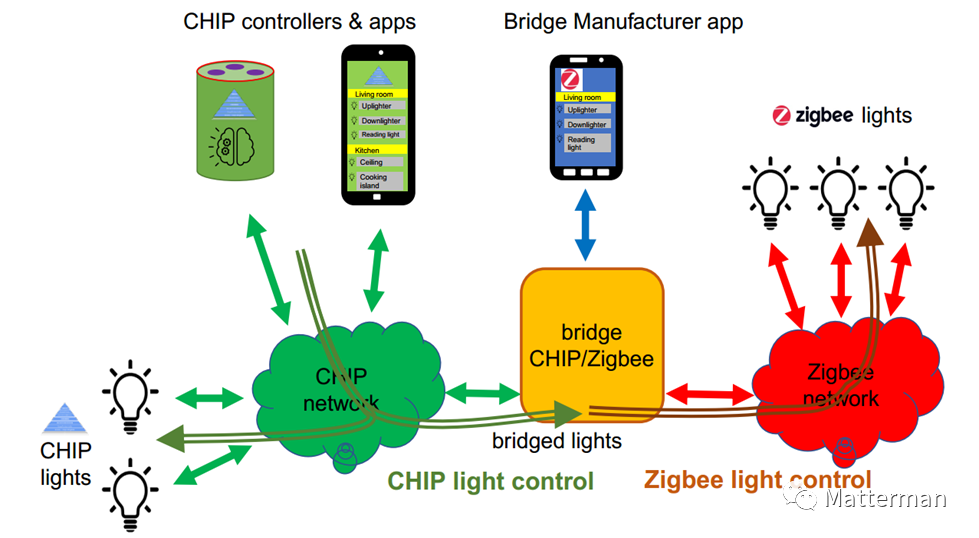First, let me express my intention. I am a technical professional rooted in the IoT industry for many years, and I was fortunate enough to participate in the CHIP Working Group from the very beginning. Of course, my “participation” refers to becoming a member in early 2020, but for most of the time, I was just listening to various technical discussions in Tiger Teams. Over time, I became more familiar with the outline of CHIP. In May of this year, CHIP was officially renamed Matter, and at the same time, Zigbee Alliance was renamed Connectivity Standards Alliance. With more and more media coverage and discussions on various technical self-media channels, Matter is currently the most discussed and also the most mysterious new standard in the IoT industry. This public account will dedicate a series of articles to introducing, explaining, answering questions, and even promoting the new IoT application layer standard protocol Matter (after the official announcement of Matter 1.0 spec).
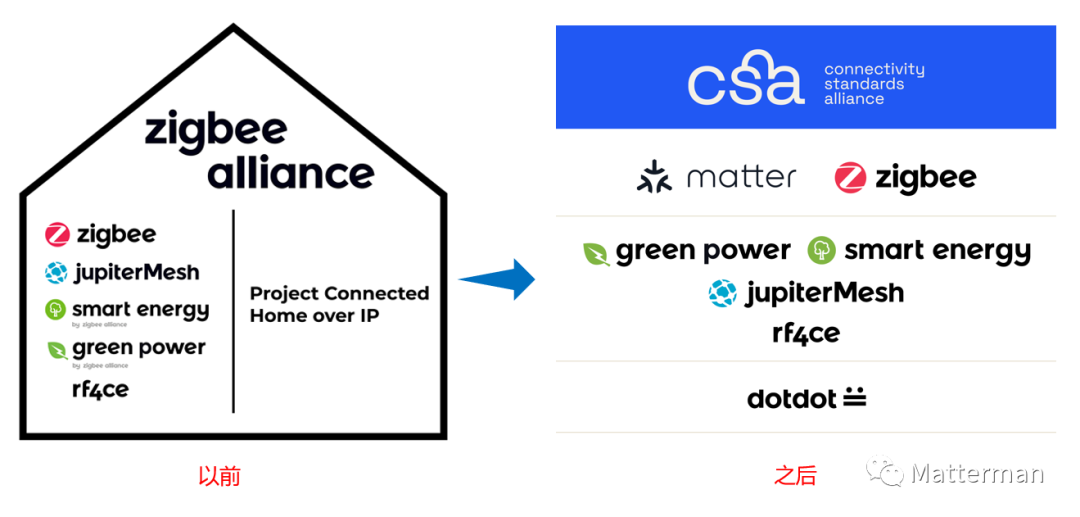
You may have heard that major players like Apple, Google, Amazon, SmartThings, and Comcast are actively promoting the formation and implementation of the Matter specification. If you have participated in this Working Group, you will find that the overall contribution from engineers and technical experts from Apple, Google, Amazon should exceed the total contribution of all other companies in terms of drafting specifications, outputting SDK code, and even the frequency of speaking in technical discussion groups. Of course, from the background of these major players, this pattern is easy to understand since they are all experts in standards, protocols, and software. However, Matter belongs to Zigbee Alliance. Yes, you heard it right, it belongs to the original Zigbee Alliance, now called Connectivity Standards Alliance (CSA). Here is an excerpt from an official statement: “The project, and the working groups for its development, maintenance, certification, and promotion, have been formed under the umbrella of the Zigbee Alliance — an open, global, non-profit standards development organization, that is best known for its development of Zigbee and related technologies.” So it can be simply understood that all documents and codes related to Matter, as well as future certifications and market promotions, are regulated by CSA.
Zigbee Alliance has always been a relatively open and inclusive organization. They have been continuously trying and exploring to find a better and faster technological direction for the development of the IoT industry. I want to emphasize that although I am a long-time fan of Zigbee, this is really not an advertisement. For example, they started contacting the Thread Alliance in 2016 and jointly released the “Dotdot over IP” standard with Thread in 2018. By 2018, Zigbee Alliance also led an independent technical working group “Zigbee Direct” to explore the technological and market advantages that the combination of Zigbee and Bluetooth could bring. What is rare is that most of the management in the alliance are quite visionary, especially the technical experts (most of whom are senior experts), who, with a beautiful vision for the future development of IoT, continue to engage their brains and contribute their time and energy to new ideas. The well-known “ZCL” and “Dotdot” can be said to be representative works of Zigbee Alliance, as their inherent flexibility and applicability are now widely used in different underlying communication technologies’ “data model” protocols. Even so, experts from Zigbee Alliance are still very concerned about the compatibility and interoperability between different protocols in the IoT industry and issues related to IoT security. So, in early 2018, Zigbee Alliance took the lead and united major IoT companies and even internet technology companies globally to jointly initiate the “One Data Model” specification applicable to various communication protocols and established the “ioXt Alliance” specifically for IoT security.
So, when Apple and Google, two companies that usually do not back down from each other, suddenly sit down calmly and say, “Let’s play together,” it must be attributed to Zigbee Alliance’s leadership. Because that is the greatness of Zigbee Alliance; they have clearly seen that one company dominating the current trend is unrealistic and abnormal. Only when industry giants can cooperate and take the lead in formulating and implementing new unified technical standards can this industry possibly achieve rapid promotion and rapid development. At that time, both Apple and Google will be direct beneficiaries of this technology. Thus, in mid-2019, under the leadership of Zigbee Alliance, after discussions among the aforementioned big players, CHIP was born. Therefore, it is not an exaggeration to say that Matter belongs to CSA due to Zigbee Alliance’s outstanding contributions and leadership.
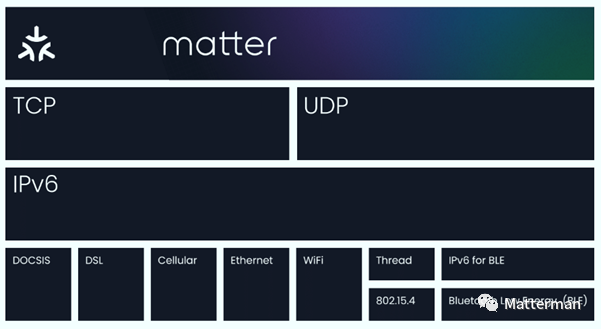
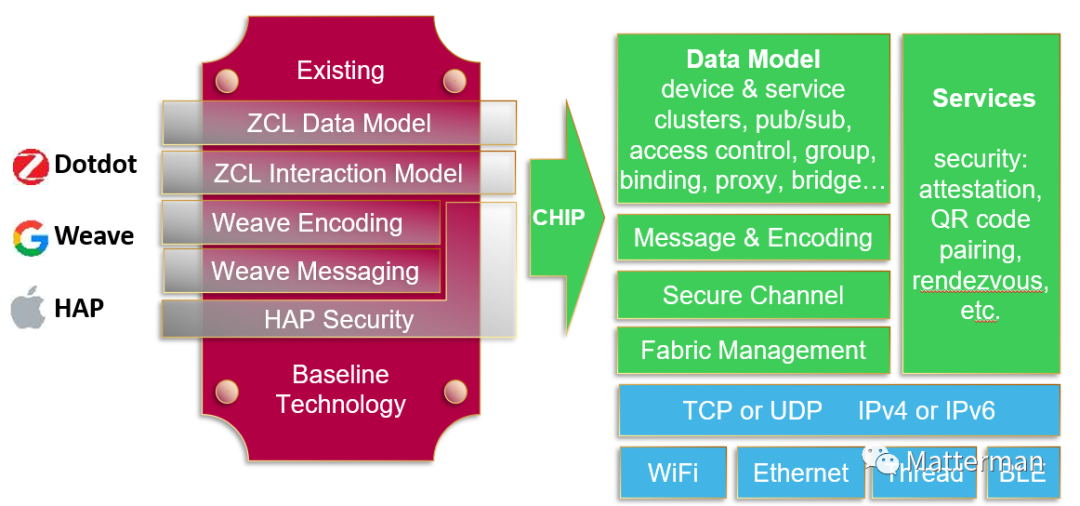
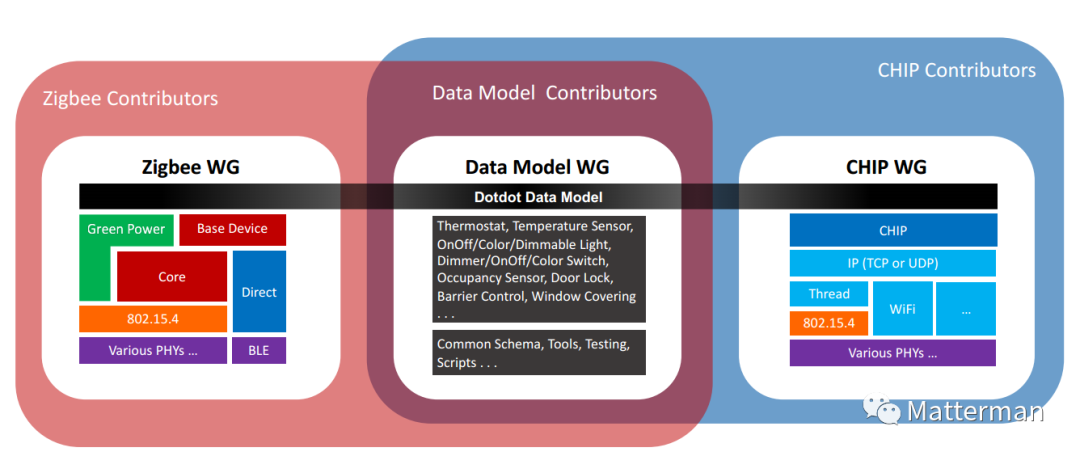
Since it has been established that there is no relationship, some people start to feel anxious. There will be the following arguments:
-
Matter seems to not care about Zigbee; how will Zigbee play in the future?
-
Now that Zigbee is independent, will CSA continue to maintain and iterate it?
As for what Zigbee should do, I originally wanted to write a separate article on this topic, but due to the high frequency of questions, I decided to conclude this article with this.
Zigbee to Matter Bridge
